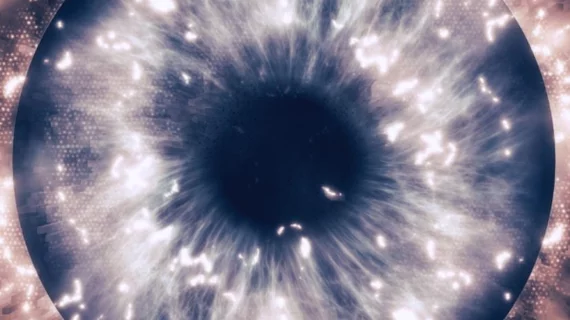Handheld imaging probe may help diagnose pediatric eye diseases, brain trauma
Researchers from Duke University have created a handheld probe capable of capturing images of photoreceptors in the eyes of infants—potentially aiding early diagnoses of brain-related diseases and trauma.
Lead author, Theodore DuBose, a PhD student at Duke and colleagues tested the instrument with 12 adults and two children as part of a clinical trial. In the study, published in an Aug. 23 Optica study, the probe captured images of photoreceptors within the center of the retina where they are smallest and vision is most acute.
“Our new tool is fast and lightweight so physicians can take it directly to their patients, and the probe allows us to collect images quickly, even if there is movement,” said Sina Farsiu, with Duke’s departments of biomedical engineering and ophthalmology, in a release. “These capabilities allow us to open up the pool of patients who could benefit from this technology.”
Traditionally, photoreceptors are studied using an adaptive optics scanning laser ophthalmoscope (AOSLO), which can be as large as a pool table, expensive and complex, according to a Duke release. So, DuBose and colleagues improved the AOSLO’s optical, signal processing and mechanical designs to produce their handheld HAOSLO.
The group believes the HAOSLO can have impact within and outside of the hospital. Physicians can take the probe into the operating room to view photoreceptors in high resolution and doctors may be able to quickly assess potential brain trauma in athletes, the Duke team noted.
The team plans to add additional imaging models to the probe for further disease detection before pursuing larger clinical trials.

